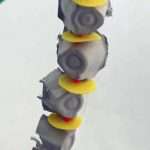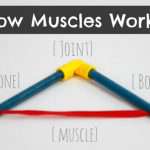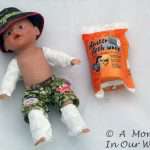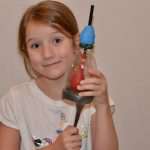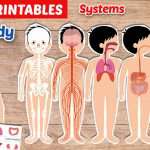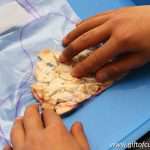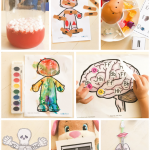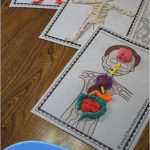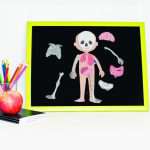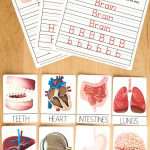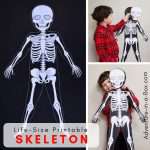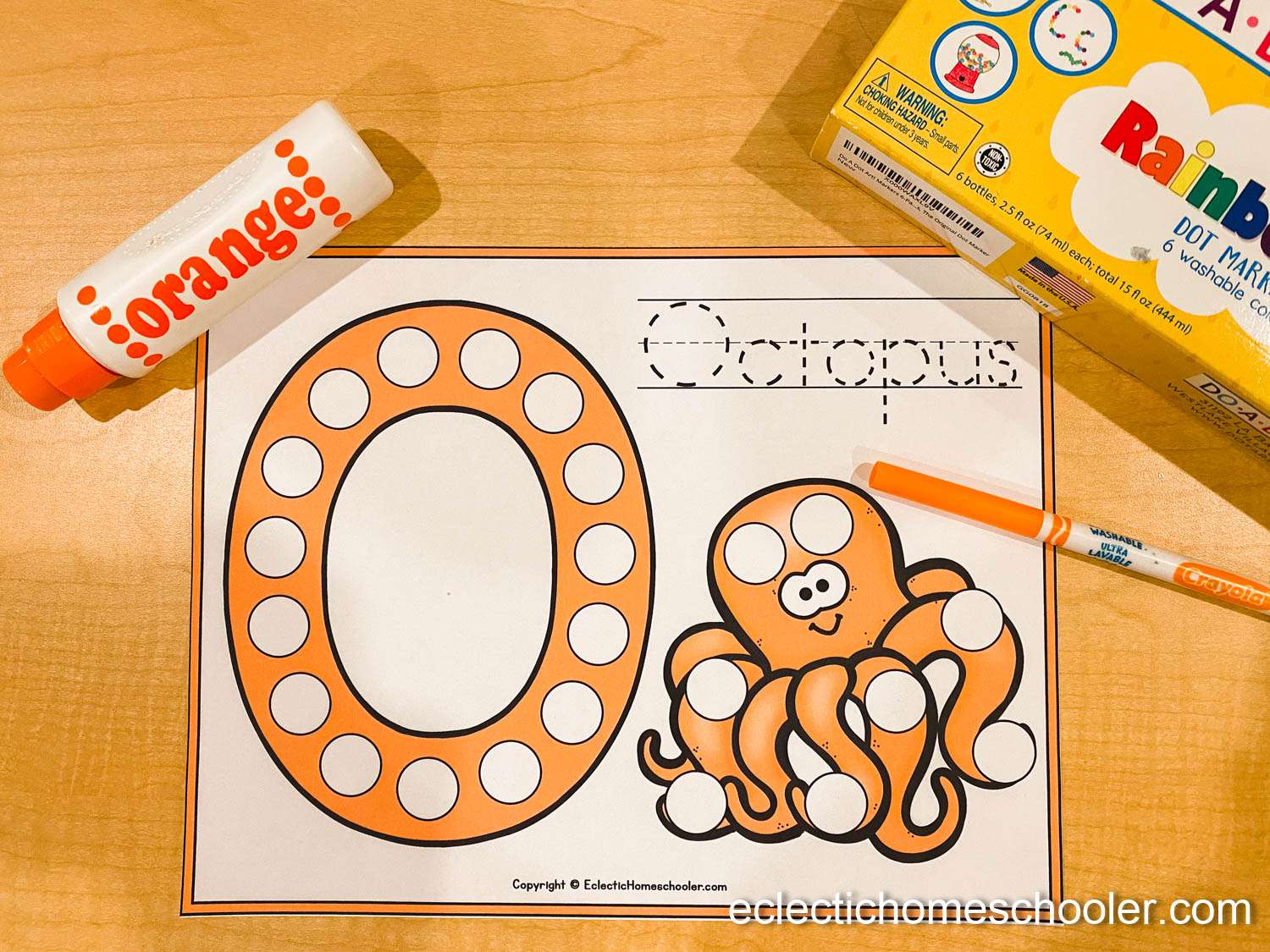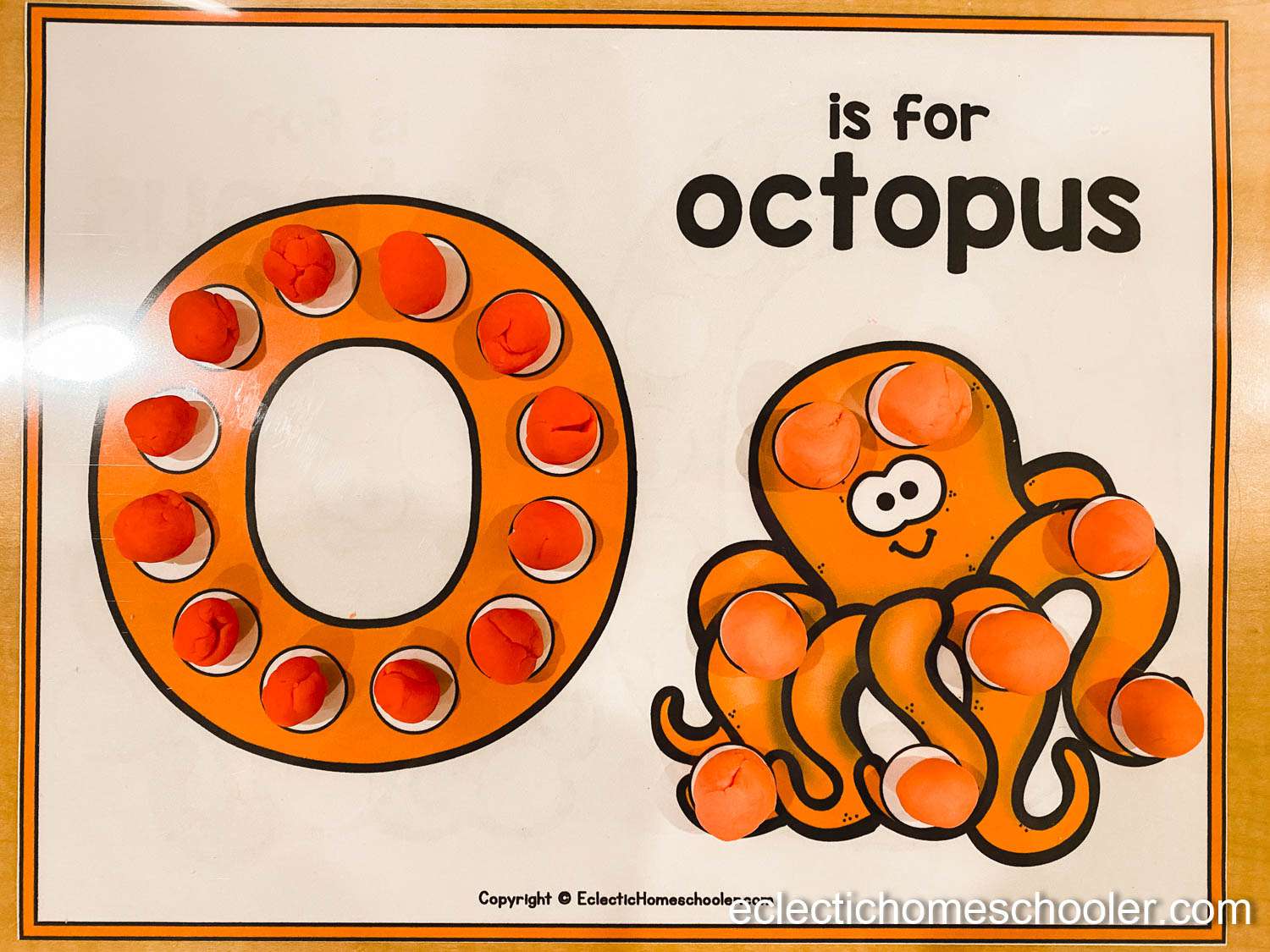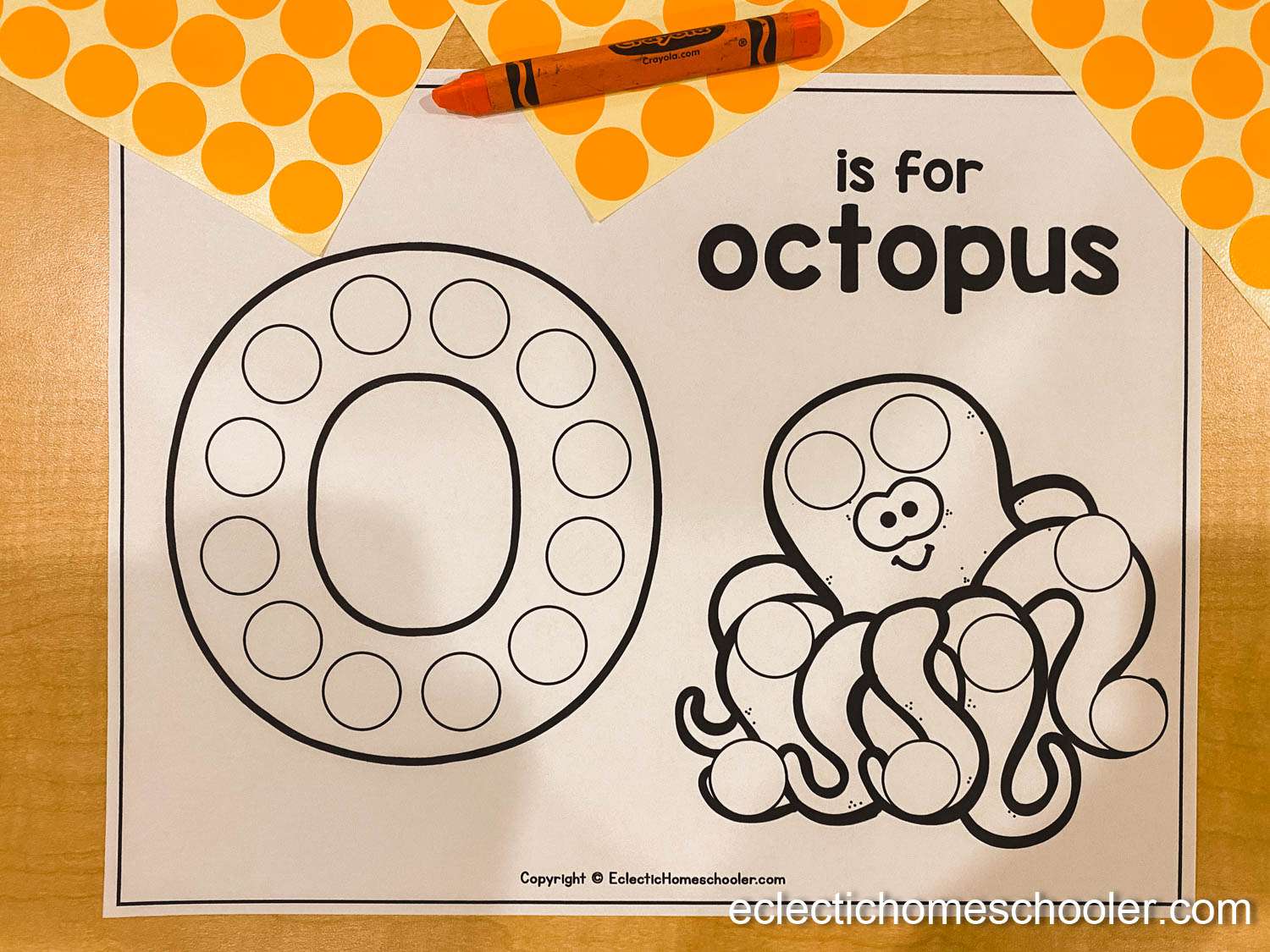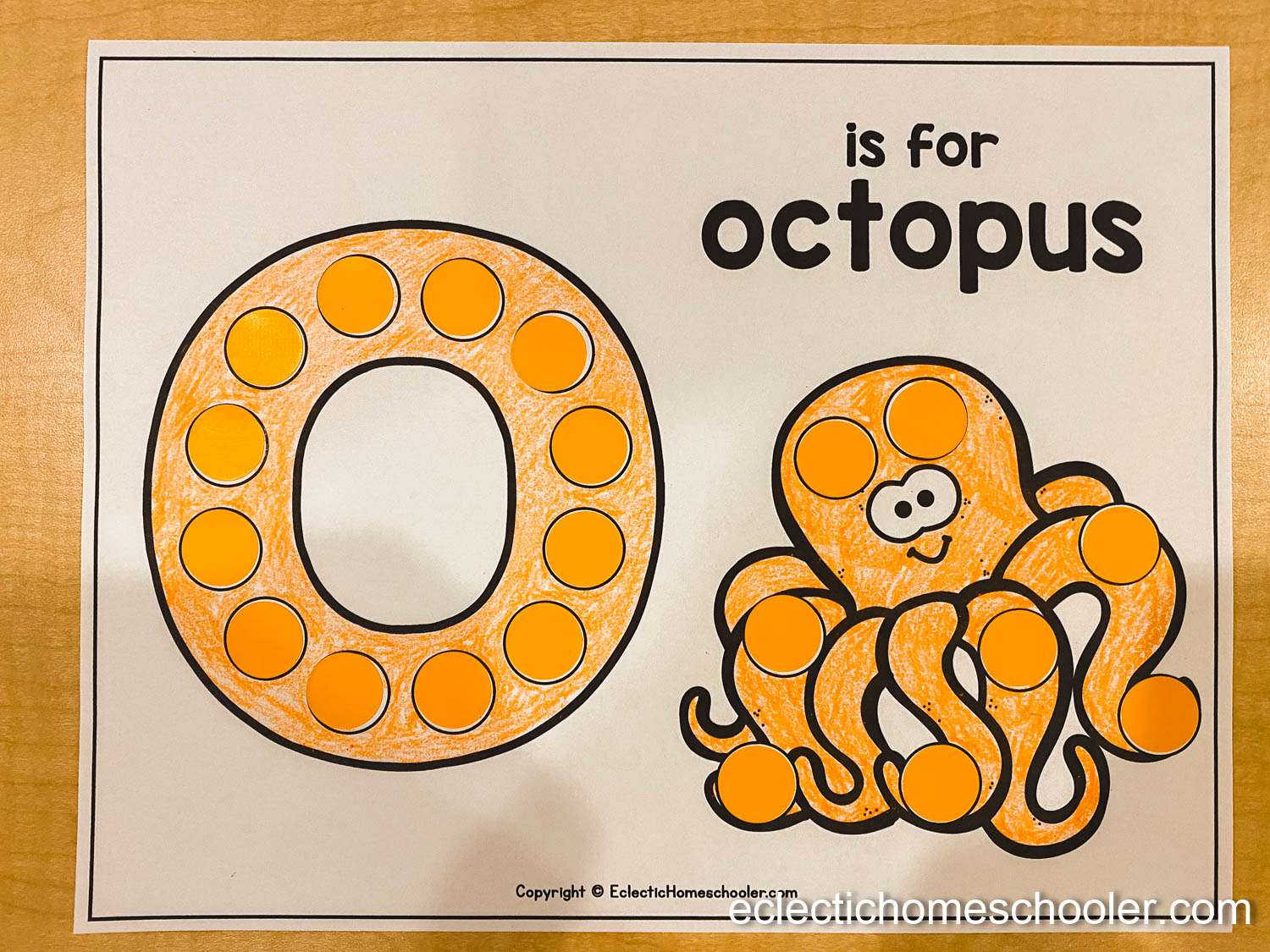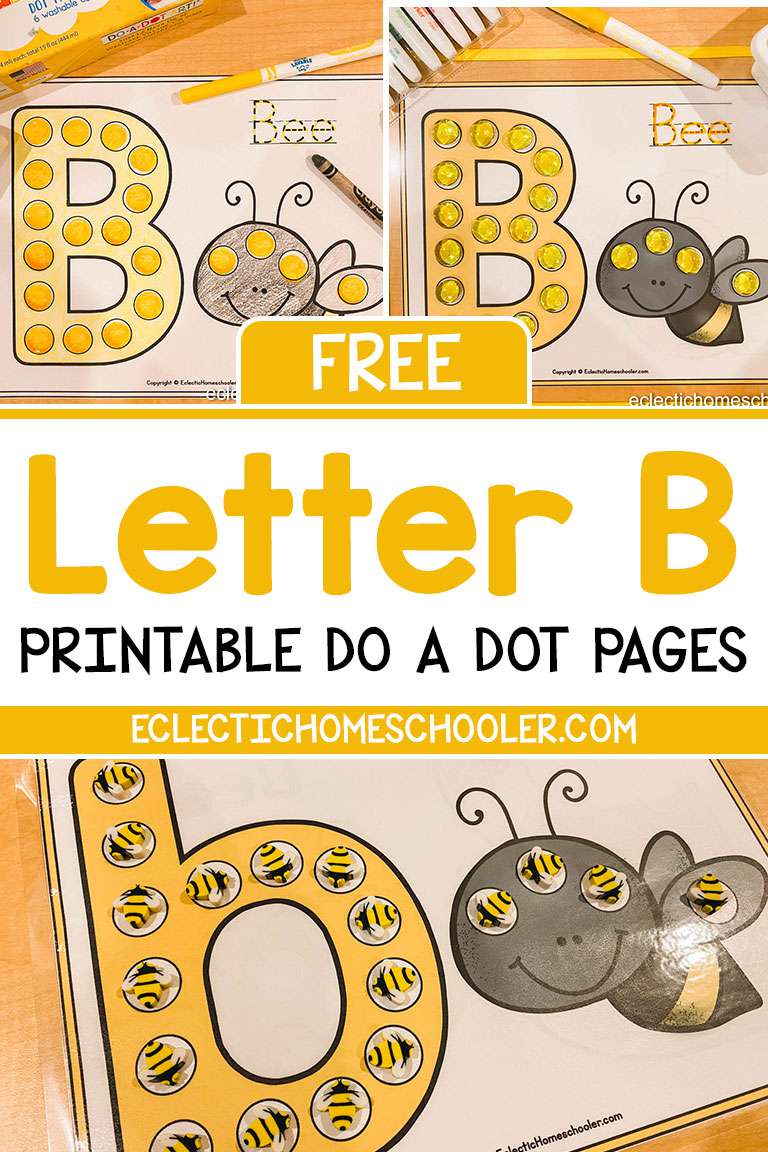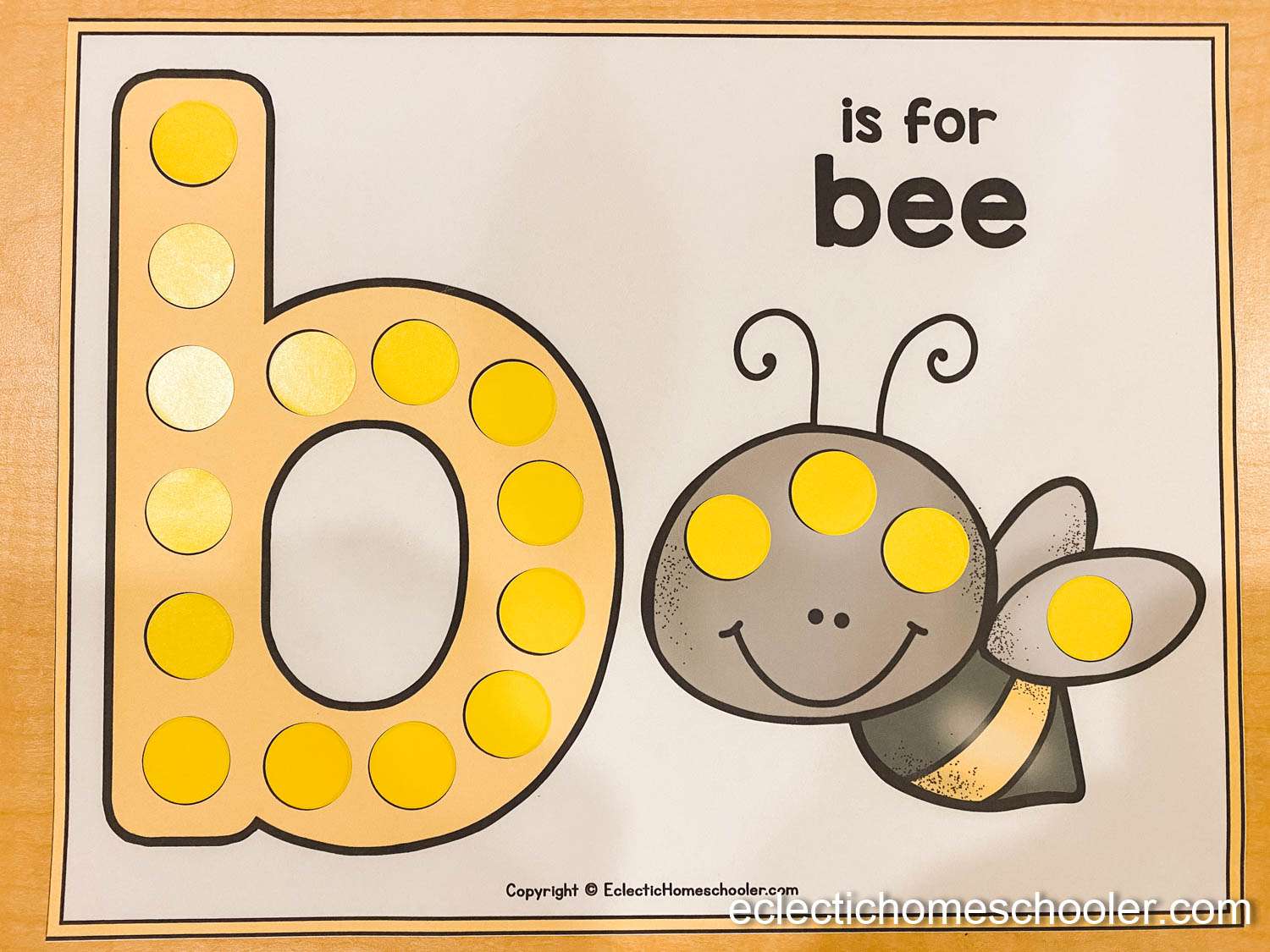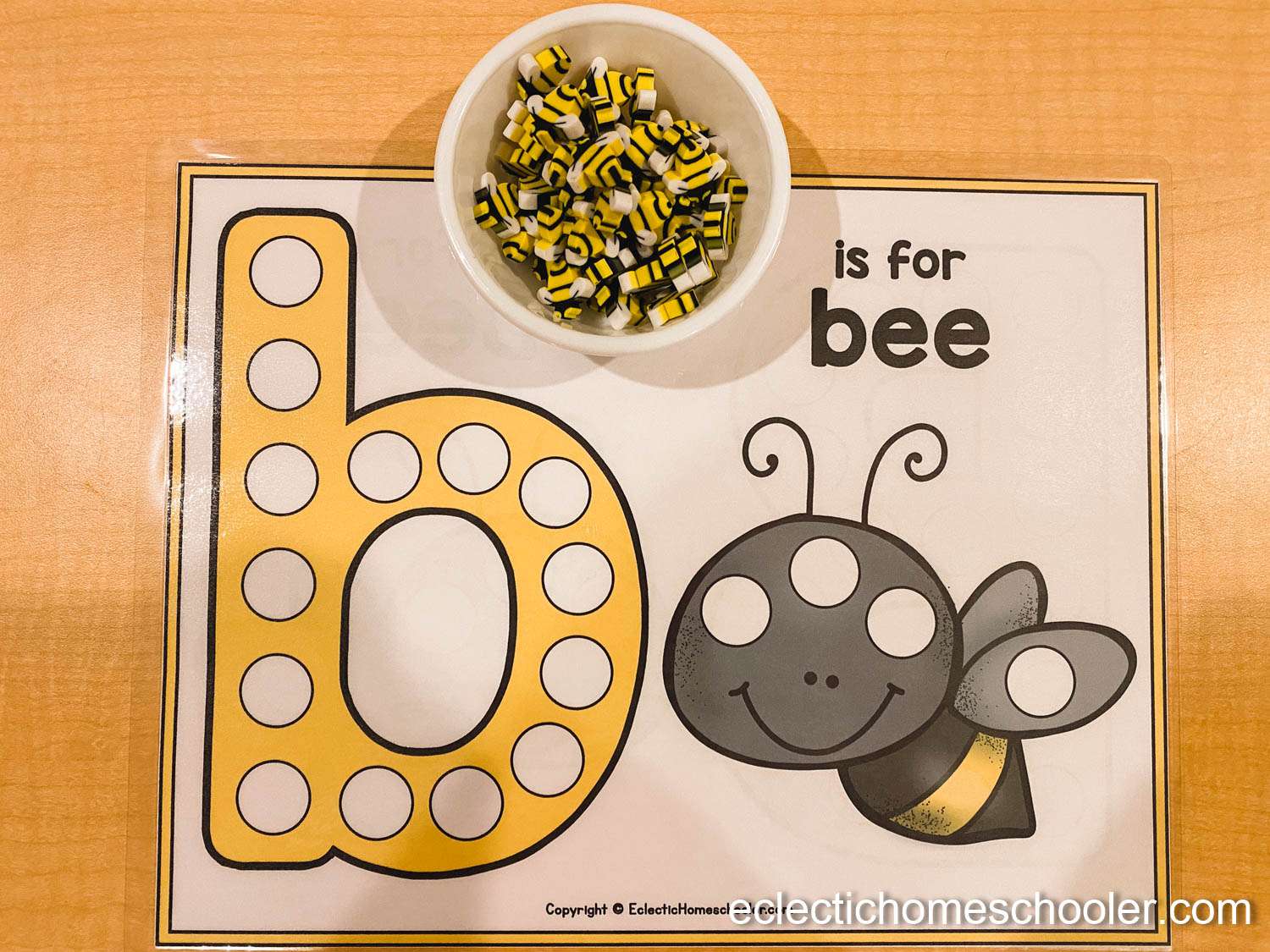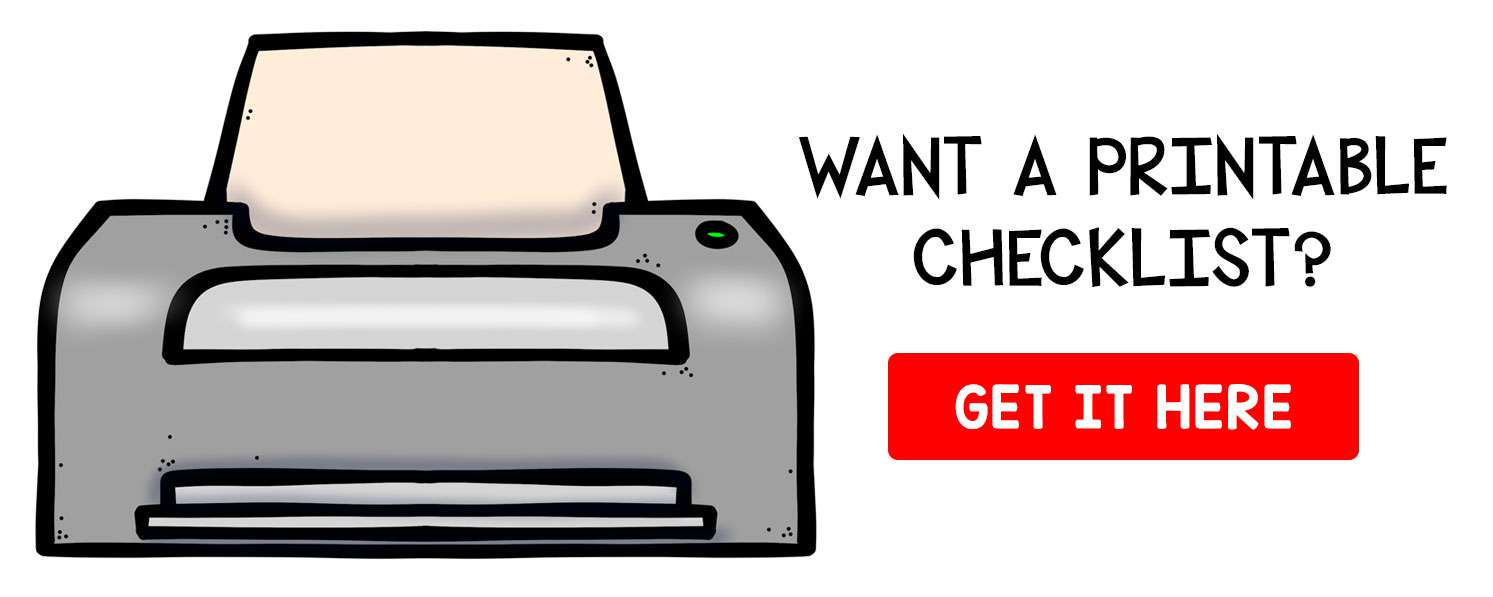Putting together a human body theme for preschoolers can be so much fun! With the help of these awesome human body preschool activities your child will be practicing vital preschool skills as you both have a blast learning about our amazing bodies alongside each other.

My Body Science Activities for Preschoolers
There are a lot of great science topics that are so much fun for preschoolers, but probably one of the most fun ones you could do is a human body theme for preschoolers. Learning about how our bodies work and how to take care of them is fascinating no matter what age you are.
As you plan out your human body unit be sure to also include some great books about the human body (both fiction and non-fiction) and plan out some fun crafts and activities that your child will have fun doing. Most of these activities are great for preschoolers, but I’ve also included many that older children will also love too.
Human Body Preschool Activities
So let’s get to the list of activities that will help your child to learn about the human body as they are playing and having fun. Here I’ve roundup up 48 activities about the human body for you to do with your child. Enjoy!
1. I gotta start with Squishy! If you haven’t heard of Squishy, you’re really missing out. This is a very detailed movable model of the parts of the human body. While it’s intended for older children, it’s a really fun and interesting learning tool even for younger children as long as they are supervised. SmartLab
2. Demonstrate how the heart pumps blood to the rest of the body in a super fun way with this heart pumping science experiment using a glass jar, red balloon, straws, and red colored water. Forgetful Momma
3. Match body parts, sort the five senses, do a brain maze, and more with these fun human body worksheets that will pair perfectly with any human body theme for preschoolers. Itsy Bitsy Fun
4. Teach your child about the human anatomy in a Montessori friendly way with these ideas for how to use these incredible and detailed human organ models including how to use models for the heart, brain, eyes, and more. Pinay Homeschooler
5. Practice letter formation with red and white glass gems that represent our red and white blood cells with these red and white blood cell letter formation cards. Pocket of Preschool
6. Explore how the human spine flexes and moves with this simple yet fascinating spinal cord from an egg carton craft. You probably have all of these materials on hand too. Simple Living Creative Learning
7. Paper dolls are always fun for kids. But these anatomy printable dress up dolls are a creative way to play with paper dolls that also gives kids the opportunity to learn about the human body. Adventure in a Box
8. Pick up some double sided tape and your kids will have a blast labeling the parts of their own body with this body parts labeling activity for preschoolers. Mrs. Plemons’ Kindergarten
9. Your child will be absolutely fascinated making a stethoscope and then being able to listen to their own heart with this fun DIY stethoscope activity. Fantastic Fun and Learning
10. Practice the skill of sorting with your preschooler as they learn about what each of their senses with this printable five senses sorting activity. The STEM Laboratory
11. Teach your preschooler about their body parts as they play with play dough with this fun head, shoulders, knees, and toes play dough mat game. Powerful Mothering
12. Learn about how the human lungs inflate and deflate as you breathe with this easy and fun kid friendly paper bag lungs science experiment. Even the youngest child will love this one! A Mom’s Take
13. Pick yourself up a cheap light box and you can put together this incredible x-ray light table letter writing tray. You can find black sand here or use black sprinkles for some extra tasty fun. Mrs. Plemons’ Kindergarten
14. This magnetic wooden human body dress up style doll is lots of fun for kids while giving you the opportunity to teach your preschooler about the systems of the human body. Melissa & Doug
15. Teach your preschooler about the parts of the human body with these self-correcting human body matching game puzzles. It comes in a couple different levels of difficulty and will be lots of fun for them. Kiddy Charts
16. Help your little one to better understand why we have bones with this educational and fun why do we have bones activity with play dough and straws. Keeping My Kiddos Busy
17. Give your child a hands-on look at exactly how our muscles work with this how muscles work science demonstration. They will be absolutely fascinated by this one. Sylvan Learning
18. Here is another great use for that light box from earlier. You can get real life human x-rays for your child to explore. Put them on top of the light box for an even more authentic experience. Roylco
19. Teach your child about the parts of the blood while they enjoy a wonderful sensory experience with this blood part sorting activity. Mrs. Plemons’ Kindergarten
20. This easy to put together health sensory bin will be really fun for your preschooler to enjoy. Keep it out all week long as you work through your human body theme so they can come back to it anytime. Pocket of Preschool
21. Pretend that a baby doll has a broken arm or leg and then play doctor by putting a cast on the doll with this cool plaster cloth wrap! You might want to pick up a cheap baby doll from the thrift store or a garage sale for this one so you don’t ruin a favorite. Simple Living Creative Learning
22. Have fun learning about the human skeleton while putting together this adorable my skeleton craft using q-tips and a picture of your child to personalize it. Mrs. Plemons’ Kindergarten
23. Help your child practice the skill of matching while getting a more hands-on look at the human organs by picking up the Safari Human Organs TOOB and these printable Human Organs TOOB matching cards to match them with. Iowa Homeschool Mom
24. Explore the handiest part of our bodies with The Hand Book. This is a fun hands-on book that includes a life-size 22 piece skeleton hand that you can put together with your child. Klutz
25. Break out the playdoh and get creative with this invitation to play X-ray play dough tray. So much fun and so many great possibilities with this one. Pocket of Preschool
26. Pick up this really cool foam skeleton floor puzzle and after you put it together with your preschooler have them label the parts of the skeleton with these handy parts of a skeleton nomenclature cards. Learning Resources // The Helpful Garden
27. Teach your child about our lungs and how they work with this really neat fake lung science demonstration. Science Sparks
28. Explore the various human body systems with these really cute and detailed human body systems printables that allow your child to build up and layer each of the systems for more visual learners. 123 Kids Fun
29. Count bones, explore red blood cells, make x-writing writings, graph healthy food, and more with this human body printable preschool pack with 25 different fun human body preschool activiites. Busy Hands and Minds
30. During the month of October you might be able to find some Cheetos Bag of Bones and if you do, then you’ll definitely want to try out these adorable bag of bones free printable activities that will make food fun and educational. Sharing Kindergarten
31. Teach your child about how the muscular system works with this visual and fun muscular system craft that they can help you put together. Living Life and Learning
32. This adorable and fun human anatomy matching game will help your preschooler learn about their body parts while also teaching them about the wonderful Creator who made them. Arrows and Applesauce
33. Help your child do this easy science experiment that will demonstrate how the stomach digests food. It’s easy to put together and is one of the many activities you can find in the Human Body Activity Book for Kids. Gift of Curiosity
34. Story stones can be really cool to use in your teaching. There are a lot of great ways to use them and these beautiful human anatomy story stones are sure to bring your child’s imagination to life. Magic Stones Art Shop
35. Roll and build a potato head as you learn about body parts, match shape band aids to boo-boos, learn brainy letters, and more with these human body theme my body preschool activities that will help teach letters, numbers, shapes, and more. Sandbox Academy
36. These awesome human body play dough mats will be really fun for kids of all ages. Younger children will make more simple models of the human body systems while older children can get more detailed. 123 Homeschool 4 Me
37. Explore the brain as you play with these 5 fun ways to play brain surgeon messy play ideas including playing with slime, ice, play dough and more. Left Brain Craft Brain
38. These awesome life size printable human organs are so cool and educational. Draw an outline of your child’s body and place them in the right places so they can see how things look inside their bodies. Adventure in a Box
39. This adorable human body felt board set is a great way tool for teaching about the human body, organs, and skeleton. There are a lot of great ways that you can use this felt set. Mama Frog Stories
40. Improve literacy and have fun while playing this body parts bingo game. Make it even more fun by using these fun little teeth shaped mini erasers for bingo chips. Marcelle’s KG Zone
41. Break out your Safari TOOB Human Organs again, but this time make it a game with this human organs find and match game using red water beads and the free printable provided. Simply Learning Kids
42. These beautiful human body worksheets are great for building vocabulary and writing skills. They include cards, tracing pages, writing pages, and more. Simple Everyday Mom
43. Show your child what’s inside a drop of blood with this awesomely visual what’s inside a drop of blood science experiment using pantry items from your kitchen. Creekside Learning
44. Give your child a look inside their bodies with this really cool life size printable skeleton. Draw an outline of your child’s body on black paper and have them help you build their skeleton on top. Adventure in a Box
45. Have fun playing play dough with your preschooler while you teach them about the brain with this fun make a model brain with play dough activity. Science Sparks
46. Round out your human body theme with some of these fun and educational human body organ printables. Tot Schooling
47. Allow your child to have some sensory play while they learn about our blood with this what is blood made of sensory bin activity. I Can Teach My Child
48. Pick up a copy of Bones by Steve Jenkins and read along as you make your own skeleton hands with this simple DIY skeleton hand fine motor activity and read along. Powerful Mothering
Create an Awesome Human Body Theme for Preschoolers and Young Kids!
If you’re working on creating a human body theme for preschoolers or another young elementary child then be sure to also grab some of my recommended human body books for kids, then round up your favorites from these human body preschool activities. And you’ll have put together an amazing human body theme unit for your child! Have fun! And be sure to share any other great ideas that you have for this theme in the comments below.





